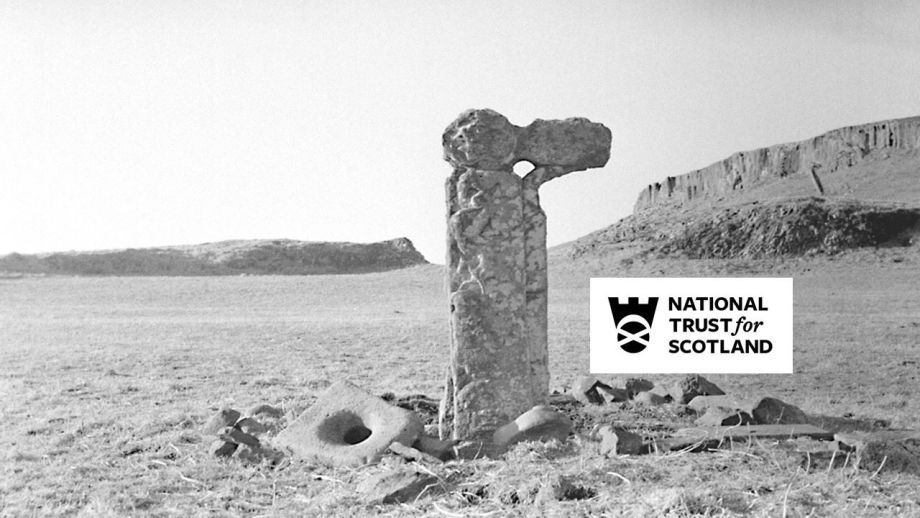
St Columba’s Day on the Isle of Canna
The Isle of Canna off the west coast of Scotland is rich in early Christian archaeology. It has an ancient ringed high cross. It also has a well-preserved site of what appears to be an early Christian nunnery at Sgorr nam Ban- Naomha.
The rich archaeology, and the geography of the island, suggest to some that this may be Hinba, the Columban monastery estabished by Colmcille.
A conference Ceangal Chaluim Chille will convene on the island on the 9th June to examine the rich archaeology, and the case that Canna may indeed be Hinba where Columba established an important monastery closely connected to the mother house at Iona, and mentioned in St Adhamhna
Cross-disciplinary collaboration is re-writing early Scottish history, and it is likely that the island of Canna may yet have much to tell about the family of Columban monasteries on the west coast of Scotland, or at least about the early church links between Ireland and Scotland. Professors Hugh Cheape of Sabhal Mòr Ostaig and Rob Dunbar of the University of Edinburgh will take part alongside Scottish archaeologists working for the National Trust Scotland, who own the island, and for and Scottish Heritage. Gaelic singer and broadcaster Mary Anne Kennedy will look at the musicial connections between Ireland and Scotland.
The conference is being organised by Fiona MacKenzie, the archivist at Canna House, which holds archive and library of John Lorne Campbell and Margaret Fay Shaw, who made a major contribution to folklore, literary studies and song collecting in the mid 20th century. They also left the island to the National Trust for Scotland.
Walk in Irish on Slí Cholmcille 9 – 12 June 2023
St Adhamhnán and Geneva Conventions
Best foot forward – Slí Cholmcille 2021
Lá Fhéile Chaluim Chille i gCannaidh
St Columba’s Day on the Isle of Canna
Turas Cholmcille sa Ghleann
The Feast day of Colmcille in Gleann
Church of Ireland commemorates Columba in Gartán
Developing Slighe Chaluim Chille










Bòrd na Gàidhlig
Great Glen House
Leachkin Road
Inverness
Scotland, IV3 8NW
(+44) 01463 225454
colmcille@gaidhlig.scot
Colmcille
Foras na Gaeilge, 2-6 Queen Street
Belfast
Northern Ireland
BT1 6ED
(+44) 028 9089 0970
colmcille@forasnagaeilge.ie
Colmcille
Foras na Gaeilge, An Chrannóg
Na Doirí Beaga
Gaoth Dobhair
Donegal, Ireland. F92 EYT3
(+353) 074 9560113
colmcille@forasnagaeilge.ie











